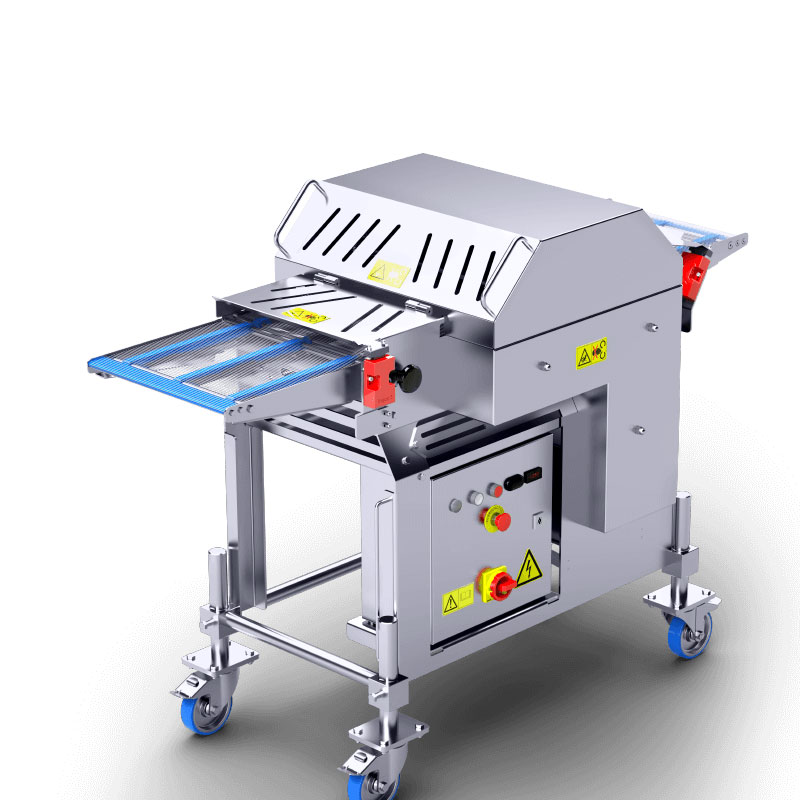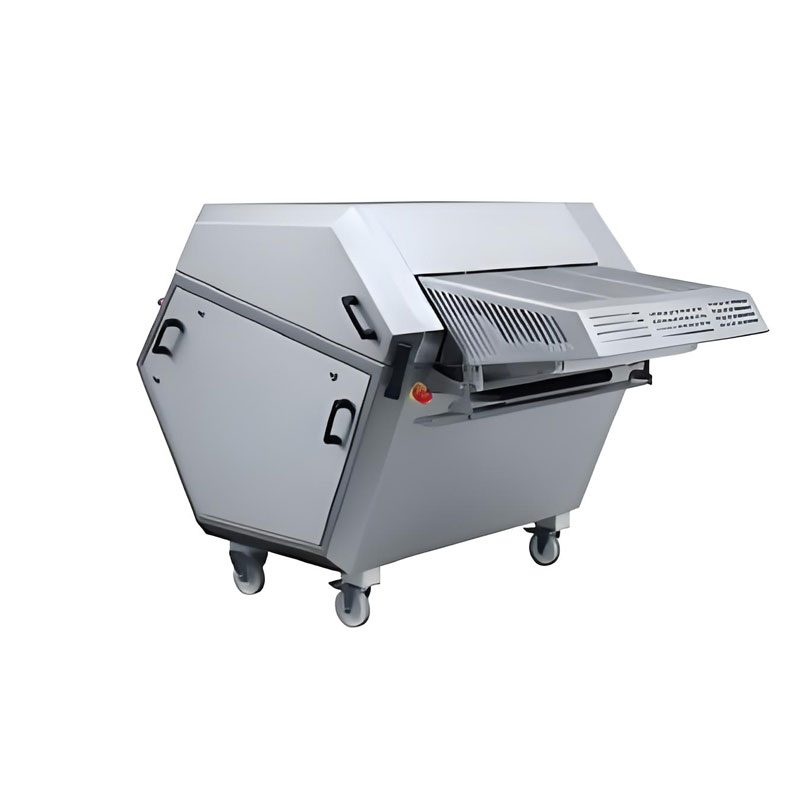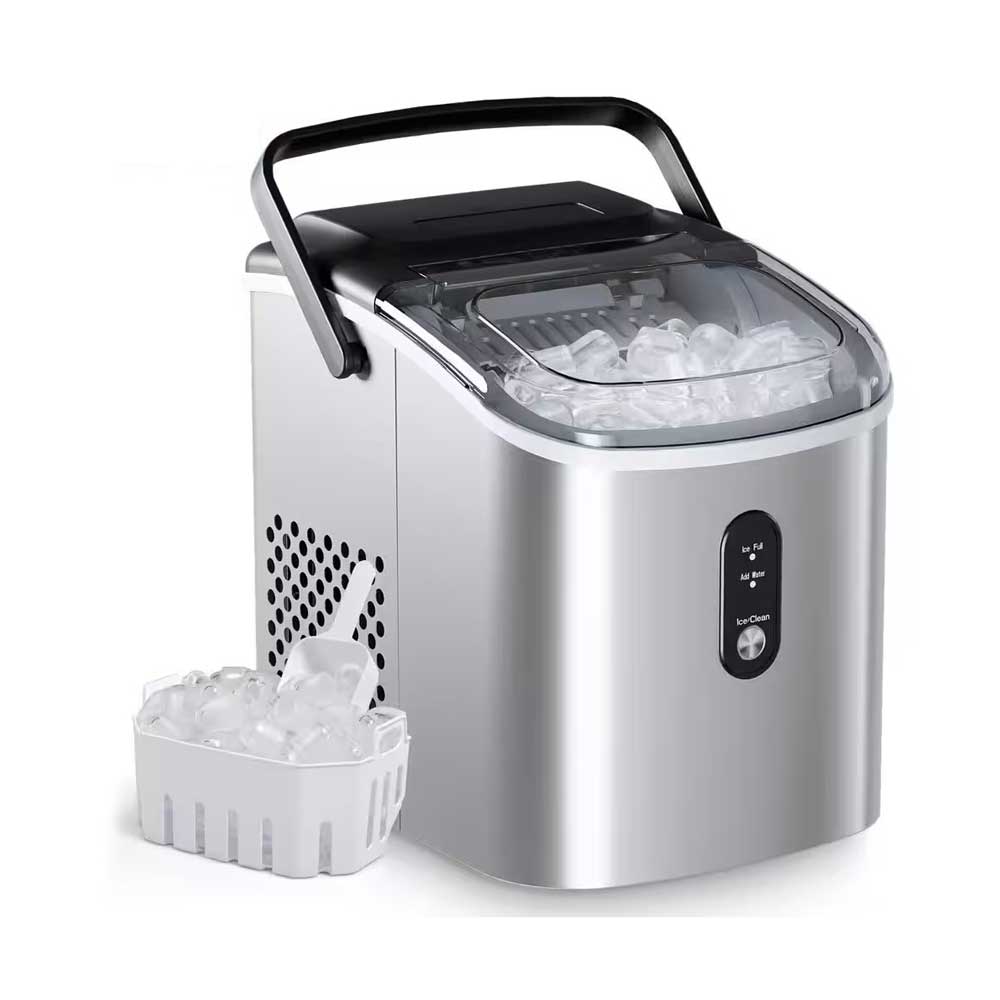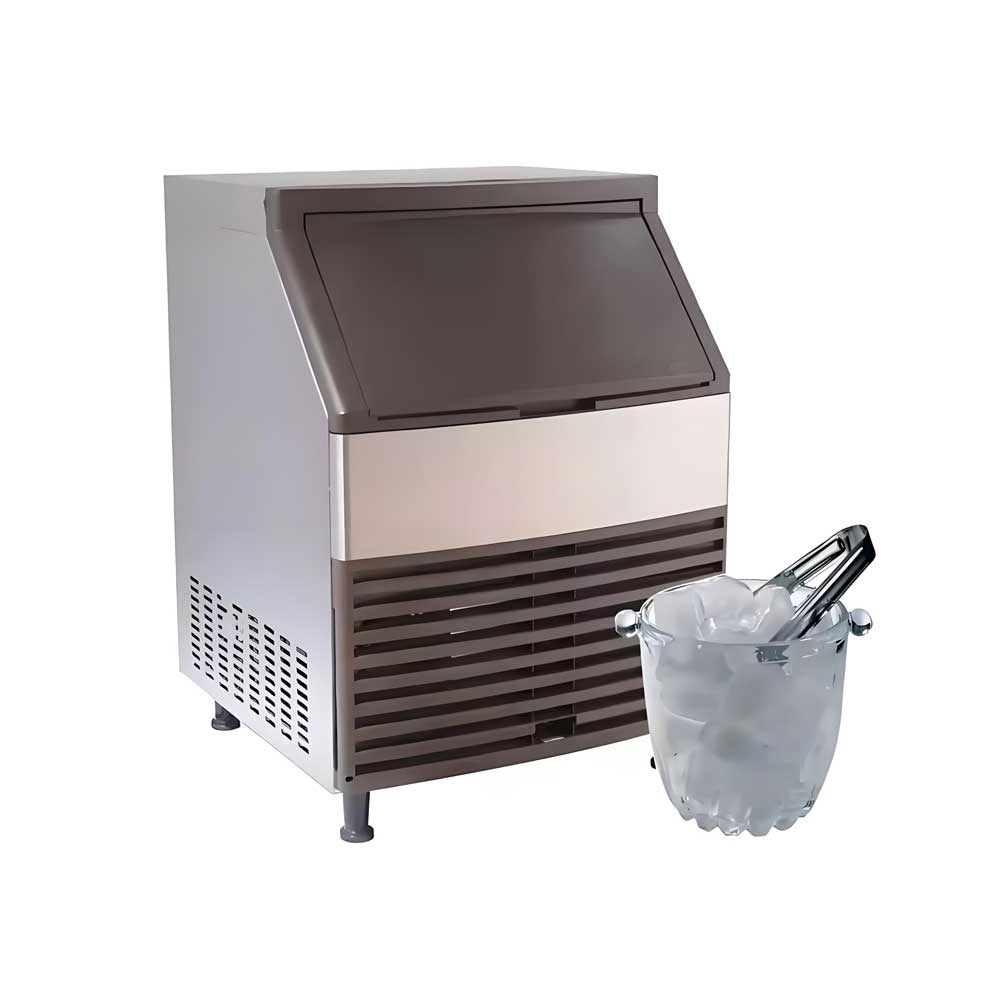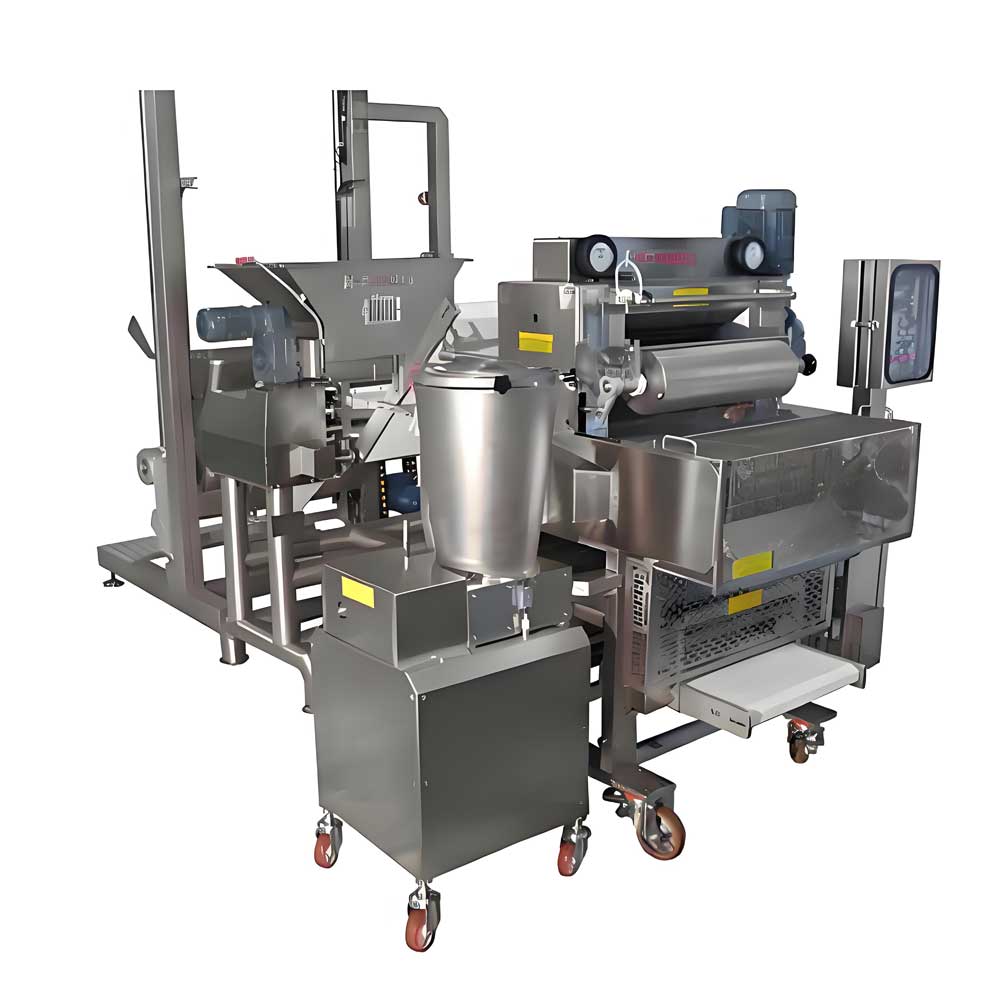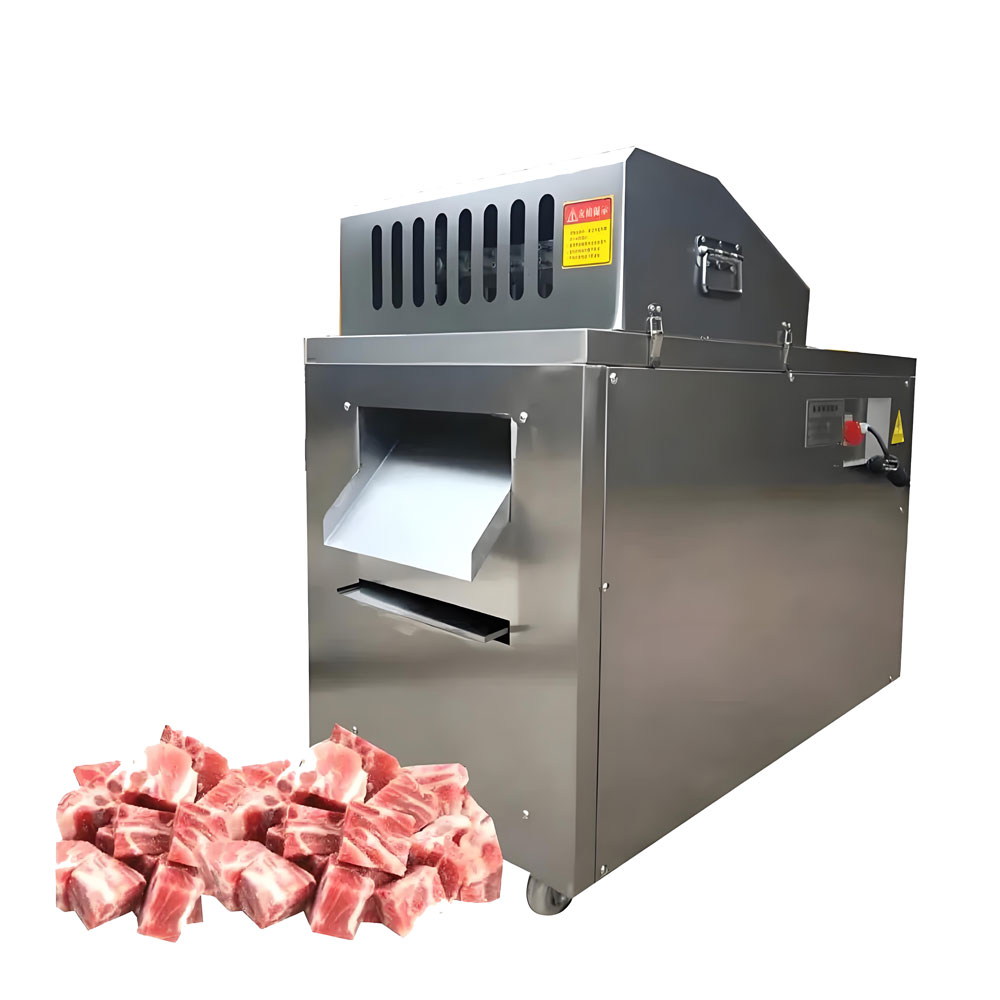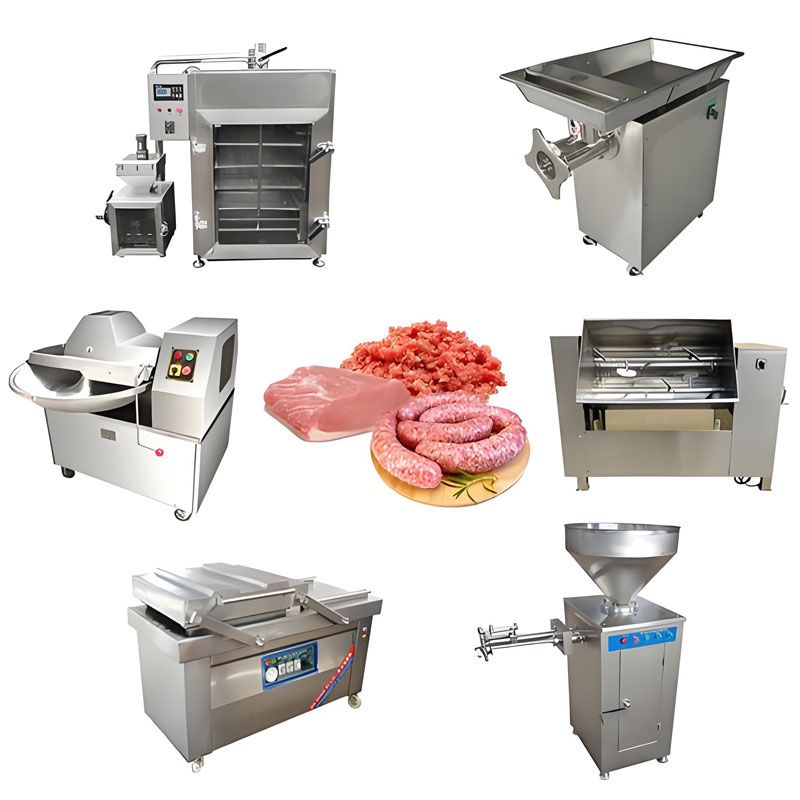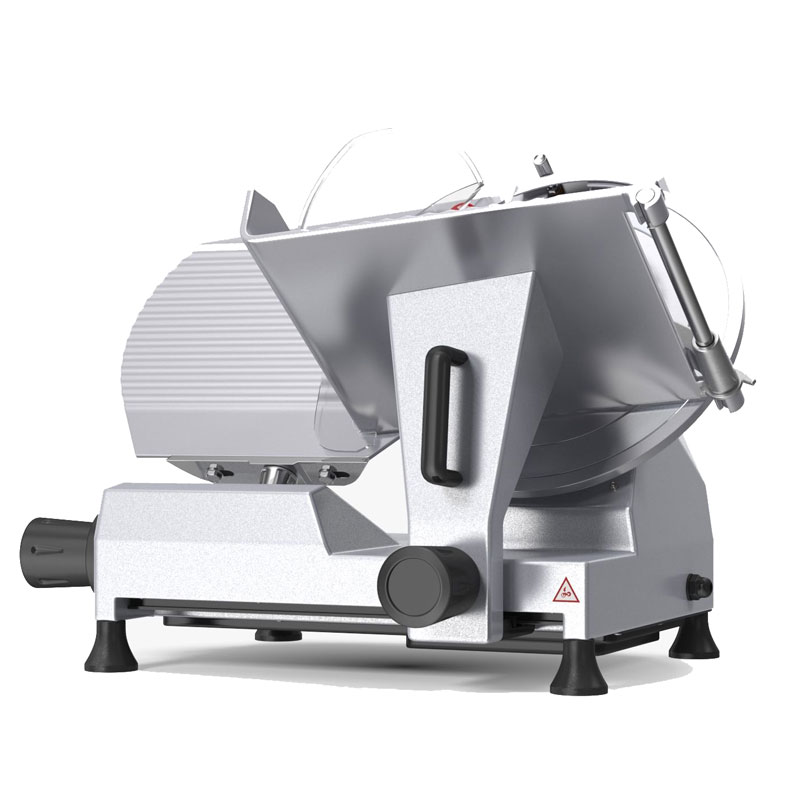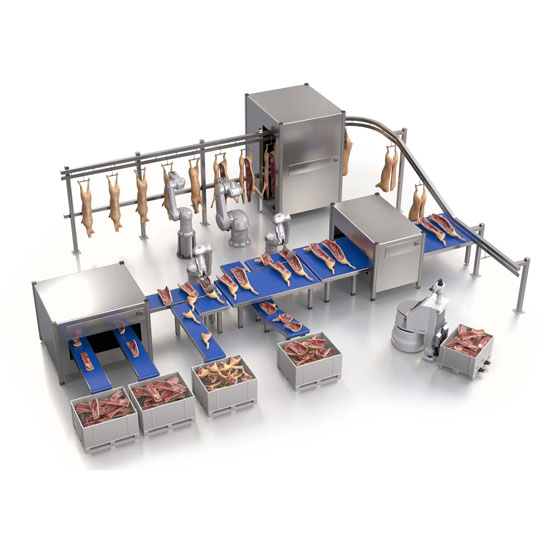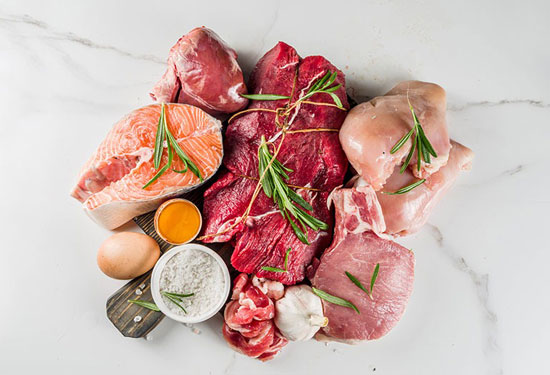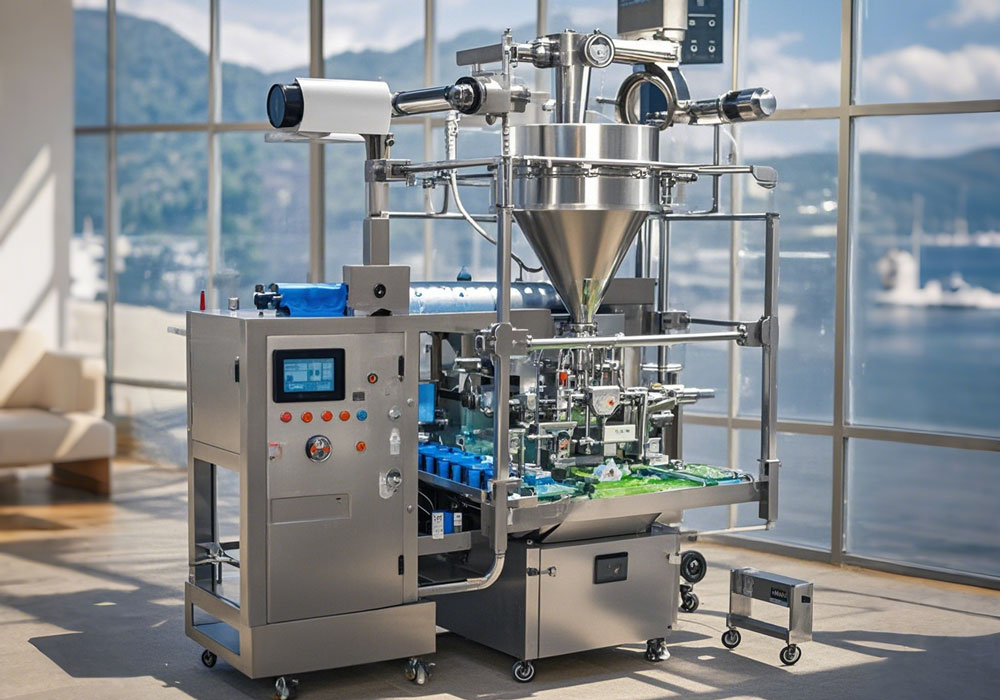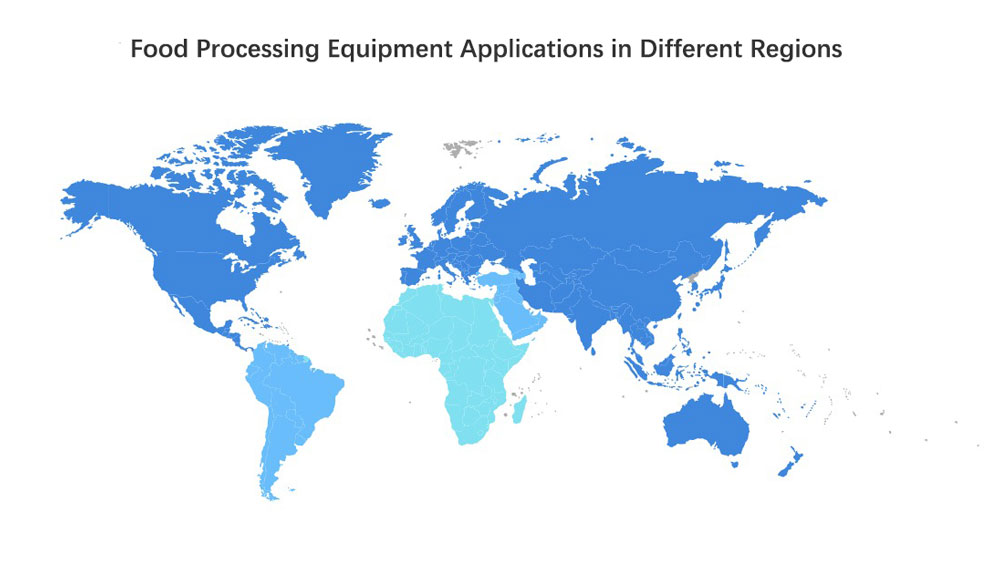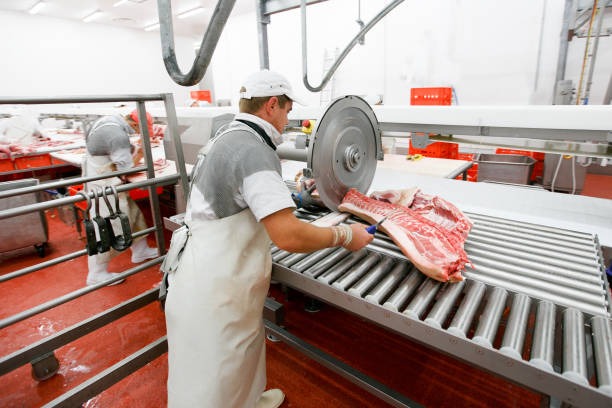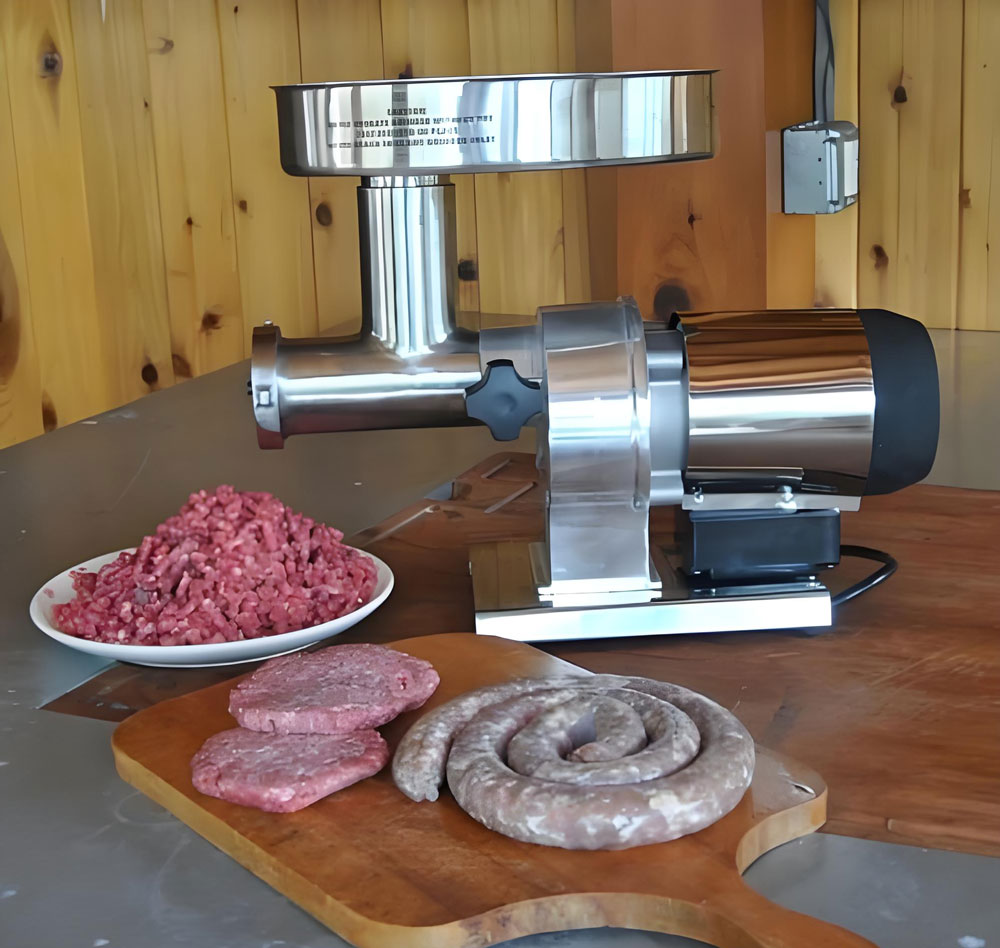Overview of Meat Tenderizer
A meat tenderizer is an essential piece of equipment in the food processing industry, specifically designed to enhance the texture and quality of meat products. By breaking down muscle fibers and connective tissues, the tenderizer significantly improves the tenderness and flavor of meat, making it easier to cook and more enjoyable to eat.
Key Features
Continuously Adjustable Production Speed: Allows users to optimize processing efficiency.
Adjustable Blade Gap: Blade spacing can be modified to set the cutting depth, ensuring precise tenderizing.
High-Density Cutting: Reducing the gap between blades or using specialized teeth enables highly concentrated cuts.
Smooth Food Conveyance: Equipped with a rotating discharge belt for efficient food transfer.
Optional Perforating Attachments: Suitable for punching holes in products like hamburger patties.
Residue Collection Tray: Ensures clean and efficient processing.
High Operational Safety: Includes safety covers and emergency stop functions.
Heavy-Duty Casters: Four 360° rotating casters with parking brakes and adjustable height for mobility and stability.
Features in Detail
Adjustable Blade Height
- Enables customization of cutting depth for different types of meat.
- Optional configurations available.
Special Blade Teeth
- Reduced blade spacing with special teeth for denser cutting patterns.
Extended Conveyor Belt
- Allows gentle transfer of products to subsequent processing equipment.
Adjustable Main Shaft Height
- Entire machine height can be adjusted via a handwheel.
Perforating Rollers
- Designed for punching holes in products like hamburgers for uniform cooking.
System Components
A meat tenderizer typically includes the following components:
- Blade or Needle Mechanism: High-quality blades or needles penetrate the meat to break down tough connective tissues, ensuring even tenderization while preserving meat integrity.
- Conveyor System: Automated tenderizers feature conveyor belts for continuous processing, boosting efficiency in large-scale production.
- Safety Devices: Equipped with protective covers, emergency stop buttons, and automatic shutdown systems to ensure safe operation.
- Customizable Settings: Adjustable blade depth, speed, and pressure accommodate different meat types and tenderness requirements.
Applications
Meat tenderizers are widely used in various industries:
- Slaughterhouses and Butcher Shops: Enhance the tenderness of premium cuts like steaks and ribs.
- Food Processing Plants: Support mass production of ready-to-cook or ready-to-eat meat products.
- Restaurants and Catering Services: Improve meat texture for consistent dish quality.
Advantages
- Improved Meat Quality: Softens tough cuts, enhances seasoning absorption, and results in juicier, more flavorful products.
- Time Savings: Reduces marination and cooking times, optimizing production and preparation.
- Wide Versatility: Suitable for processing beef, poultry, pork, lamb, and more.
- Durable and Hygienic: Constructed from high-quality stainless steel, ensuring durability and compliance with food safety standards.
Maintenance and Care
Proper maintenance ensures the long-lasting performance and reliable operation of the meat tenderizer:
- Regular Cleaning: Disassemble and clean components after each use to remove meat residues and prevent bacterial growth.
- Blade Inspection: Regularly check for dull or damaged blades and replace them as needed to maintain efficiency.
- Lubrication: Apply food-grade lubricant to moving parts to reduce wear.
- Settings Calibration: Periodically adjust machine settings to ensure precision and optimize performance.
Frequently Asked Questions (FAQs)
What types of meat can be processed with a tenderizer?
Meat tenderizers are suitable for various meats, including beef, pork, poultry, and lamb, especially for cuts with coarse fibers or those needing texture improvement.Will tenderizing affect the shape or size of the meat?
No significant changes. Tenderizing targets internal structures, preserving the meat’s appearance while improving texture and flavor.Do I need professional training to operate a meat tenderizer?
Most tenderizers are designed for user-friendly operation with intuitive controls. However, first-time users are advised to read the manual or receive basic training to ensure proper use.Does the tenderizing process compromise meat safety?
No. Meat tenderizers are made with food-grade materials that meet hygiene standards, ensuring the safety of processed meat.How do I choose the right tenderizer?
Consider production capacity, blade configuration, adjustable settings, and ease of cleaning and maintenance. Select a model that matches your business scale and operational needs.
Conclusion
A meat tenderizer is a vital tool for enhancing meat quality and texture. Its versatile functions and user-friendly operation make it indispensable in the food processing and catering industries.
Must-read blogs for bosses

